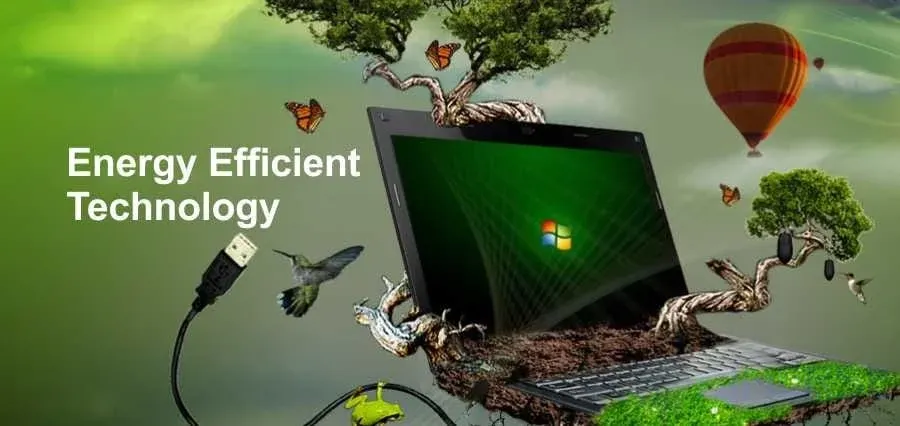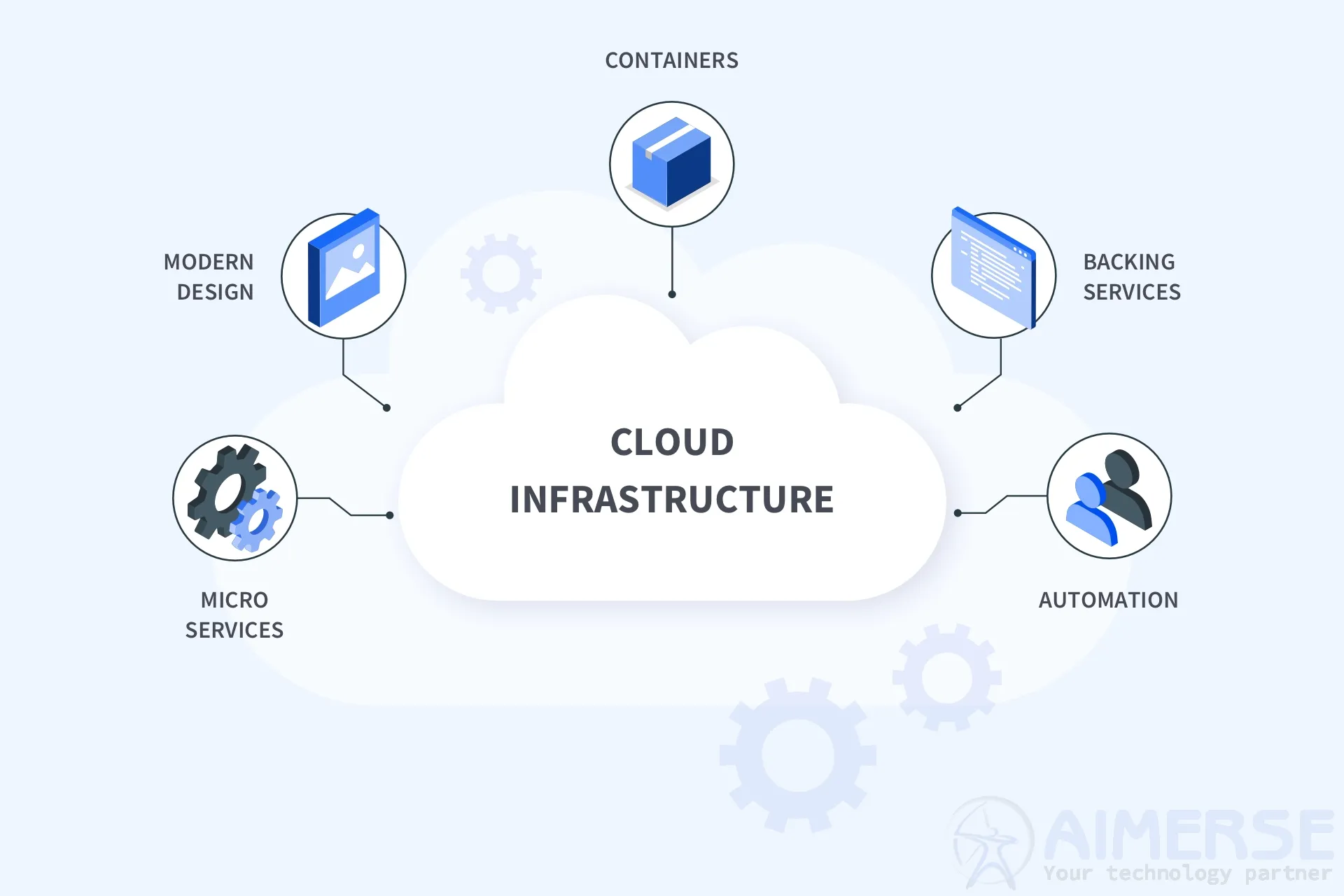Energy-Efficient Computing: Powering Sustainable Tech
Now that technology is an integral part of our daily lives, the environmental footprint of our digital activities is fast becoming a hot issue. Green computing, or energy-efficient computing, deals with the responsible design, use, and disposal of computing resources. The reduction in energy consumption leads to minimizing carbon emissions, which is a route towards a more sustainable life.
Key Principles of Energy-Efficient Computing
- Proficiently consuming the Computing Resource: This involves using the computing resource efficiently so that energy is only consumed when needed and not otherwise.
- Sustainable Manufacturing: The design of the hardware ensures environment-friendly materials for production.
- Responsible Disposal: The process of proper recycling and disposal that minimizes its impact when the time of the device has come to a close.
The anchors for the implementation of sustainable tech practices.
- Use Energy-Efficient Hardware: An investment in the latest energy-efficient hardware will always be good. For example, low-power processors in servers and energy-efficient storage solutions can help save quite a lot of energy.
- Optimize Software Performance: Optimizing software for performance reduces the amount of computational power required to complete a task. Hence, this also saves energy. Good coding practices and optimization of algorithms are highly important in this respect.
- Virtualization and Cloud Computing: Since virtualization technologies and cloud services allocate resources directly on demand and minimize hardware redundancies, there will be efficient use of resources.
- Power Management Policies: It will be ensured that idle machines are switched off automatically, and their power settings are optimized to save energy.
Innovations Driving Energy Efficiency in Computing
Advancements in the latest technology have created a door for better computing solutions, which consume energy.
- Low-Power Processors: The development of low-power processors has been a significant step toward reducing energy consumption in computing devices. These processors are designed to deliver high performance while consuming less power, making them ideal for energy-efficient computing.
- Data Centers of the Future: Energy Efficiency and Sustainability- Modern data centers nowadays are planning their data centers in an energy-efficient manner with the use of innovative cooling designs and energy management software. They have reduced both the energy used and the cost of their operation.
Role of Sustainable Software Development
Being a technology company Aimerse Technologies specializes in custom software development across various technologies such as React.js, Node.js, Python Django, Laravel, and Java Spring Boot, we realize that the implementation of energy-efficient practices in our development processes is necessary. Improving code performance and using efficient algorithms are contributions to the greater cause of sustainable technology.
With promises of energy-efficient computing, what we deliver through solutions meets client requirements but importantly, is a good deal for the environment. Green software adoption is, in itself, one of the means of reducing clients' carbon footprints toward the eco-friendly world of digitals.
Conclusion
Energy-efficient computing is not fleeting, but something we need in this era. We can agree that the idea of sustainable technology practices lets us cut down our total footprint on the planet and begins paving the way toward a more sustainable future. More than trying to develop newer technologies, we need to highlight energy efficiency as one of the characteristics needed to ensure that our all-digitized future is not only achieved but thrives at the sustainability of the environment.











